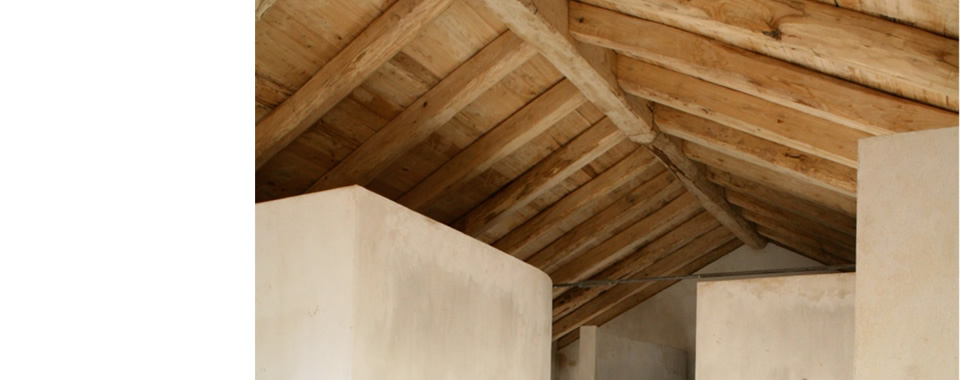

Score - Sustainable Construction in Rural and Fragile Areas for Energy efficiency
Guidelines for Integrated territorial Planning:
Automatic control system
Guidelines for integrated territorial planning – CENTRAL CONTROL SYSTEM
Central control system is managing the building and covering automation and control of the building. It represents the connecting link of all subsystems in a common point, from where is established control and management system over all connected devices from one central or multiple locations. The mere communication between user and central control system in “Smart house” is two-way conducted. Users is entering trough input units (computer) its demands, on the other side, though a computer screen has an available data. Measured parameters and quantities are directly linked to the screen, which allows for the user to review the current situation while the data are trough storage media of control computer (hard drive) contained allowing later viewing and analyzing. Central control system is consisted in the automatic level of freely programmable controller, which are trough analog and digital inputs and outputs or trough communication protocols associated to the process. Installed software operates autonomously and independently with the processes. Controllers have installed local units to operate, allowing us fully, to monitor and adjust parameters and set the desired values “setpointe”. The central level at the control level represents the computer with installed SCADA program and user graphic interface.
SCADA program allows us in main menu access to: subsystem desired information, operating with parameters and till some graphic pages of the program for reviewing the performance.
Subsystem “Smart house” is divided:
- Thermal station,
- Air conditioning,
- Energy measurement,
- Heat pump.
- Access to managing with thermal station is enabled trough main menu and command operating with the thermal station. In graphical interface of thermal station we can enable or disable operations of the entire station or else we can manually or automatically switch between operational modes. Having selected manual mode of operating we have tree options available that enables us to disable heating system, heating trough biomass boiler or heating with heat pump. Automatic switching between regimes is carried out by the outside temperature, value of the reference temperatures are entered in the surface.
- Similar like for heating applies also for cooling. Different kind of cooling regimes are available: off, directly cooled with water from wells and combined cooling system, where the water is supplied for air conditioning system trough a heat pump, for walls and floors is used direct water from wells.
- Data on energy consumption and heat are significant for monitoring, since based on energy consumption are set some criteria for achieving low energy or passive criteria. Energy consumption measurement goes trough heat meters, in our case they are installed on primary and secondary heat pumps. Displays the current values of their relevant parameters. Pressing the button “history data”, it is possible to review the history and export the values into different programs in order to perform energy studies.
- The last subsystem is operating with a heat pump water/water, which is intended for setting basic parameters of a heat pump water/water and switching regime (heating or cooling).
Indication for the Bio-construction Action Plan
Communication technology does not by itself resolve the problem of interoperability of different system, so it would make sense that the systems are open. This means that the system has following properties:
- Ability to exchange the device with another manufacturer device. Required are detailed device specifications (function, purpose…).
- Ability of implementation of the same real process applications z different manufactures devices. Required is detailed specification of the process, the ability of different manufactures devices for interact communication.
Possible criteria for MED bio-housing quality certificate
It is important while selecting the hardware that is compatible with software. It means that the communication protocols are aligned between different levels of operating process. The market offers many different many different communication protocols. There are standard (established), communication protocols which are supported by the different manufacturers, either hardware or software manufacturers. In addition to standard protocols exist also their own protocols, which are used almost by all equipment manufacturers.
There are more reasons for the manufacturers despite vide range of established protocols to develop their own protocols. One of them is that for any established protocol stands an organization that owns license above the appropriate protocol and therefore requires some sort of advanced payment. Manufacturers have their own protocols and they wish to have an impact on the market price of items and reduce the possibility of competition. The other reasons for developing their own communication protocol are independence of manufacturers from organizations.
Case studies
− Bistra Hiša – Smart house (Martjanci, Slovenia)
